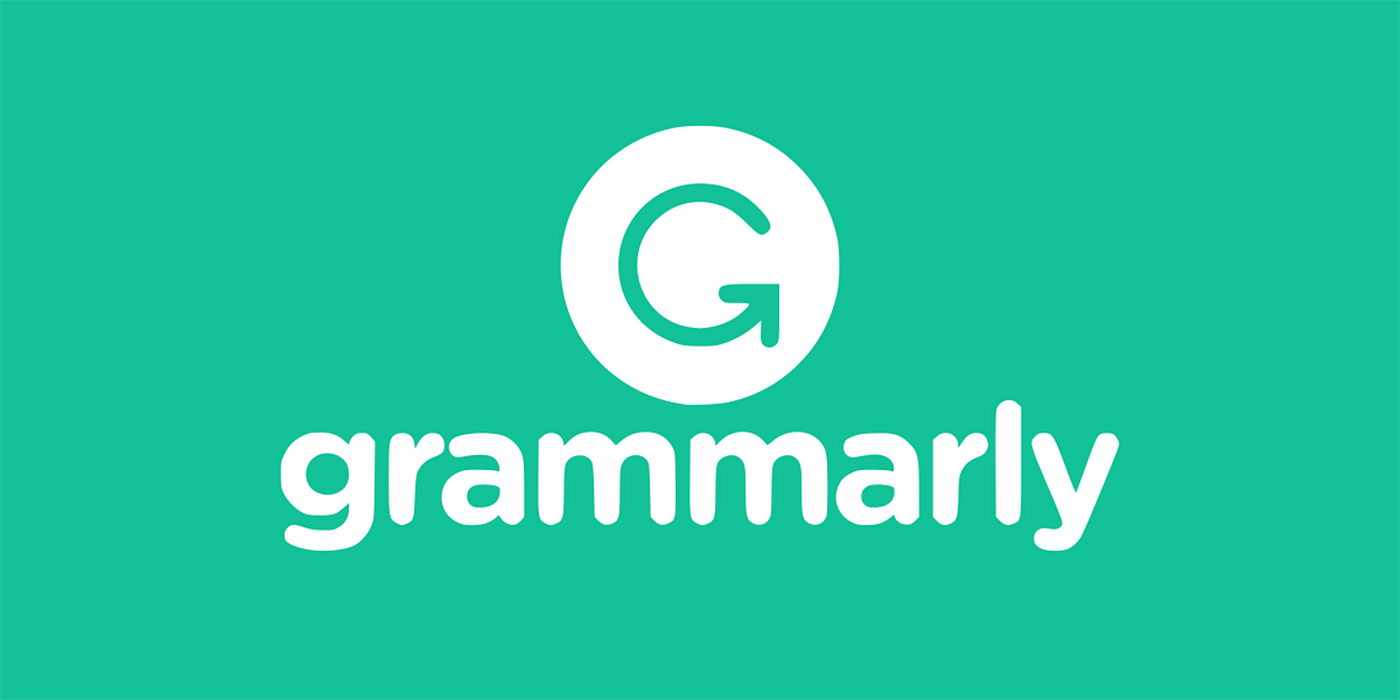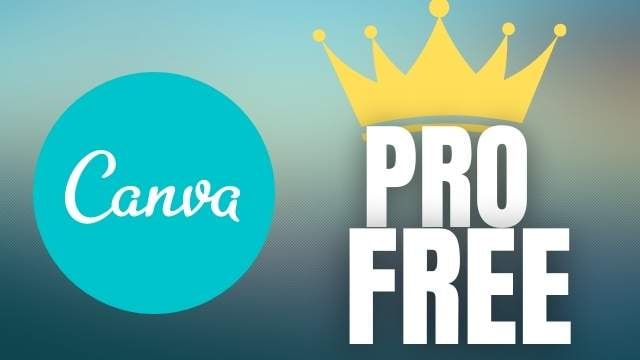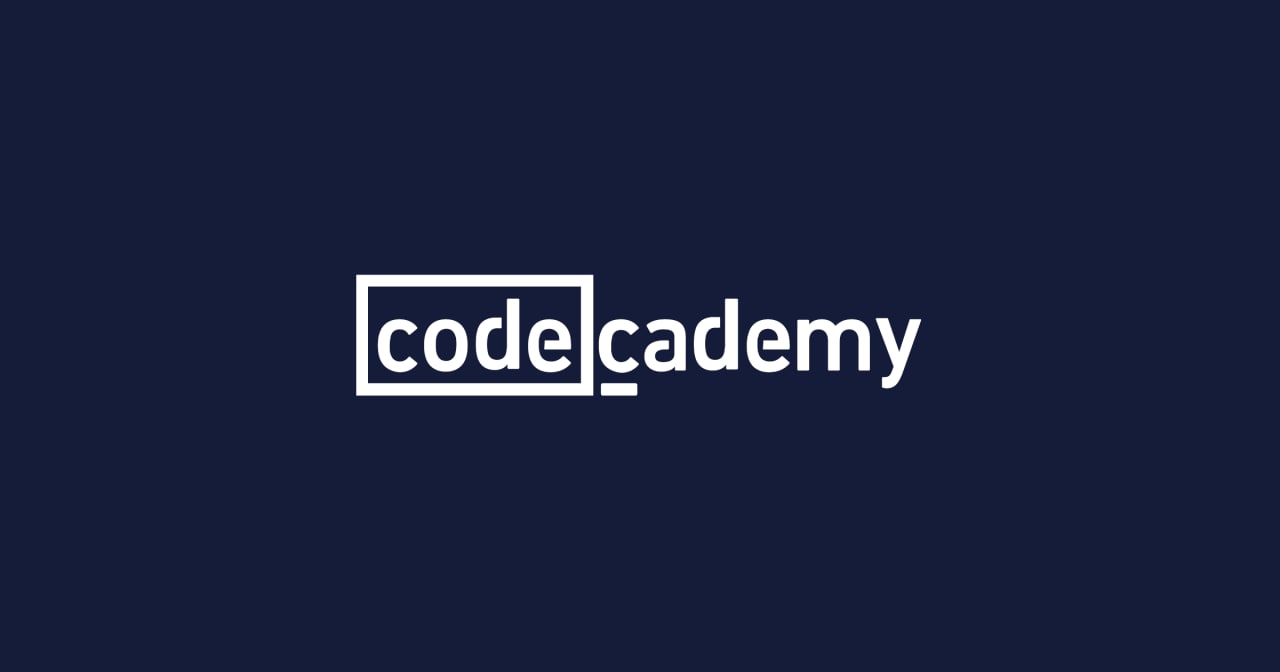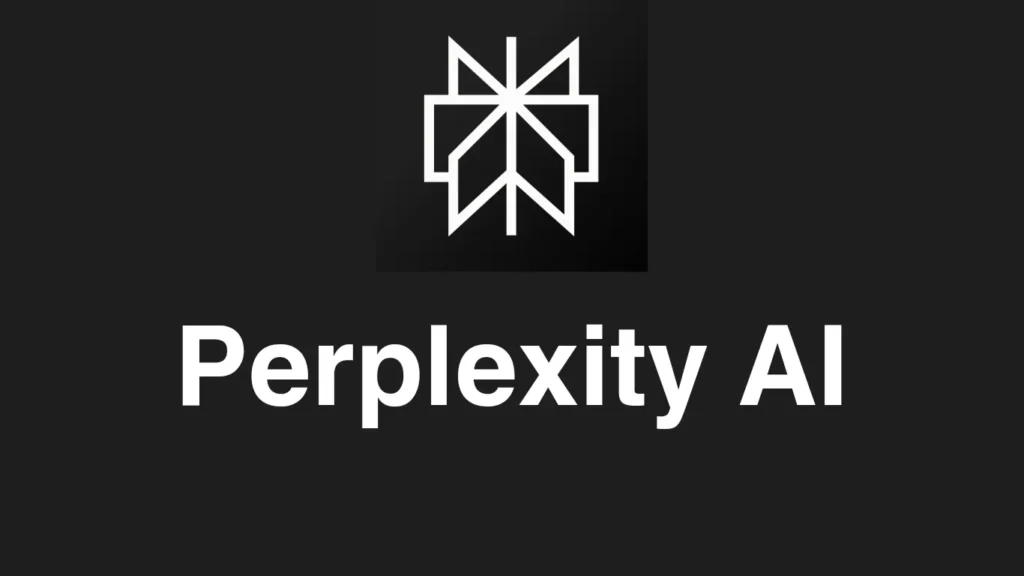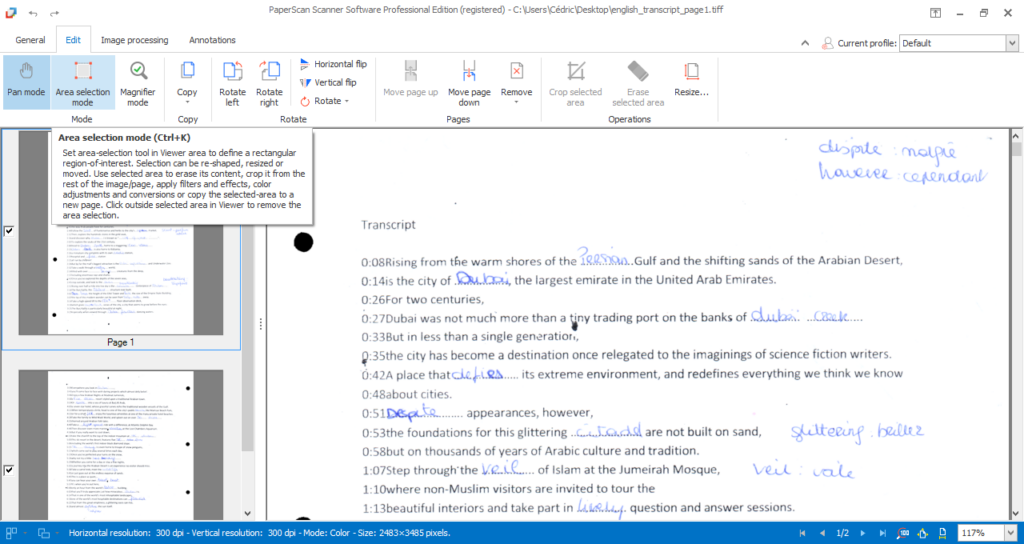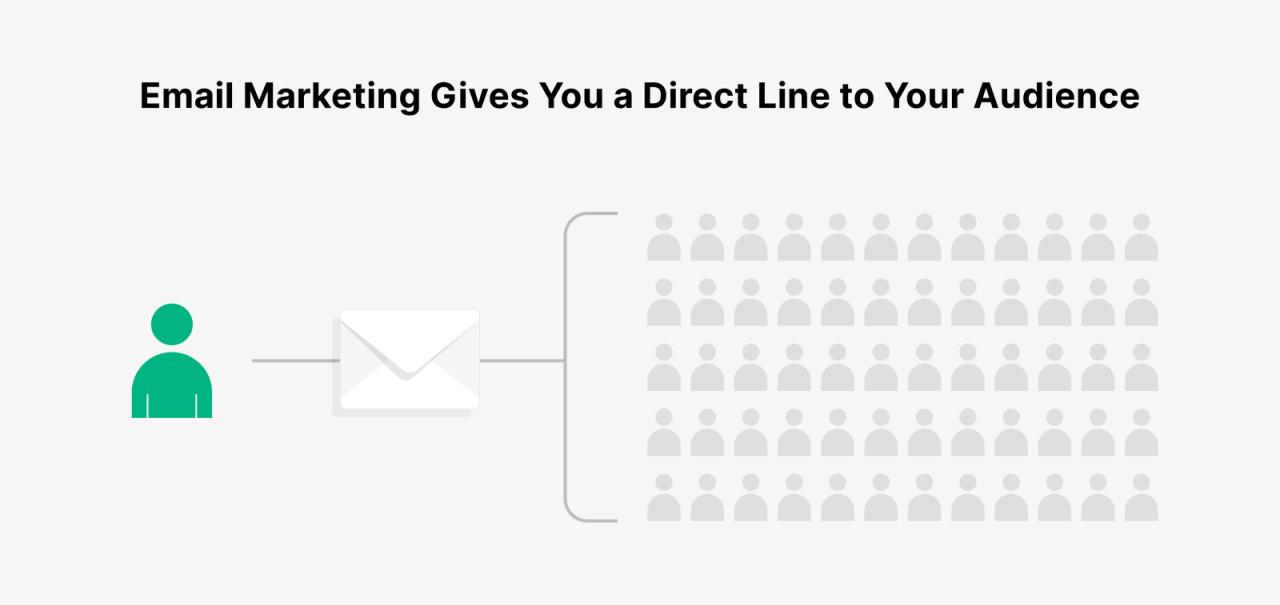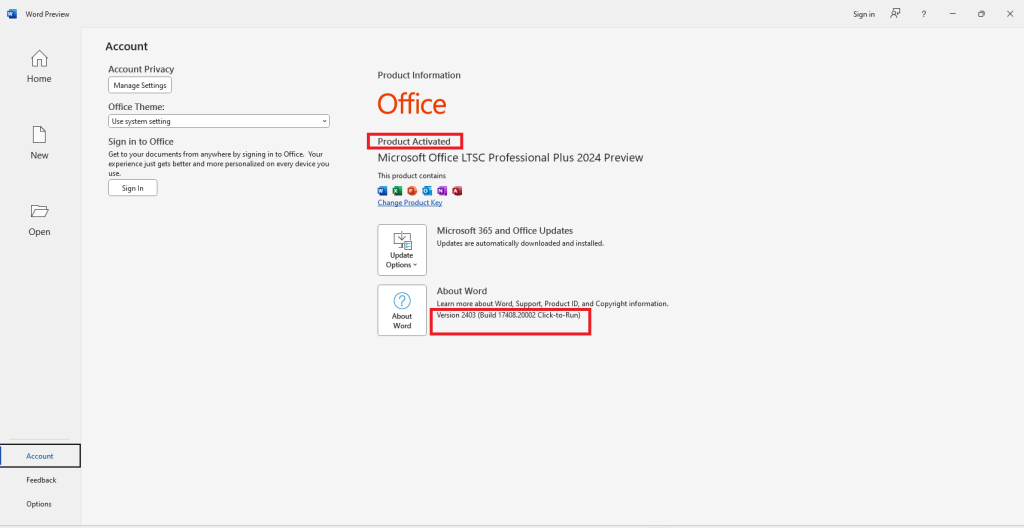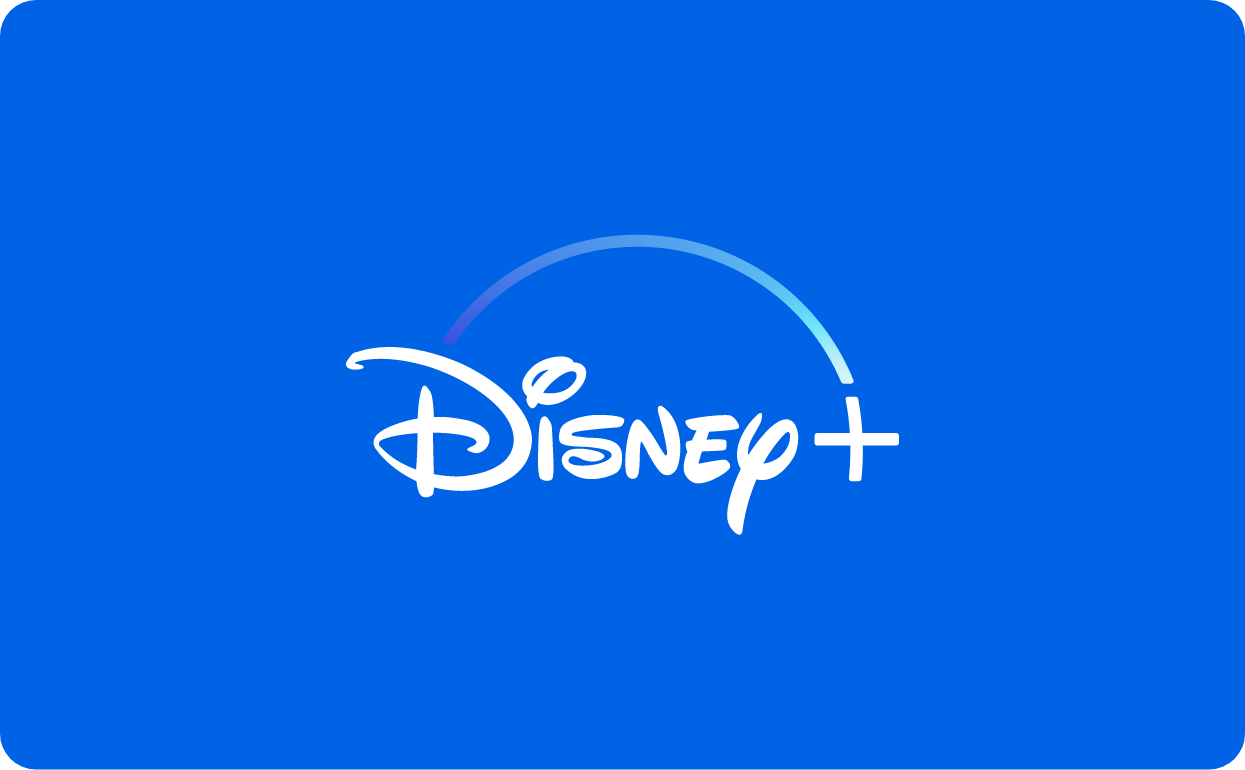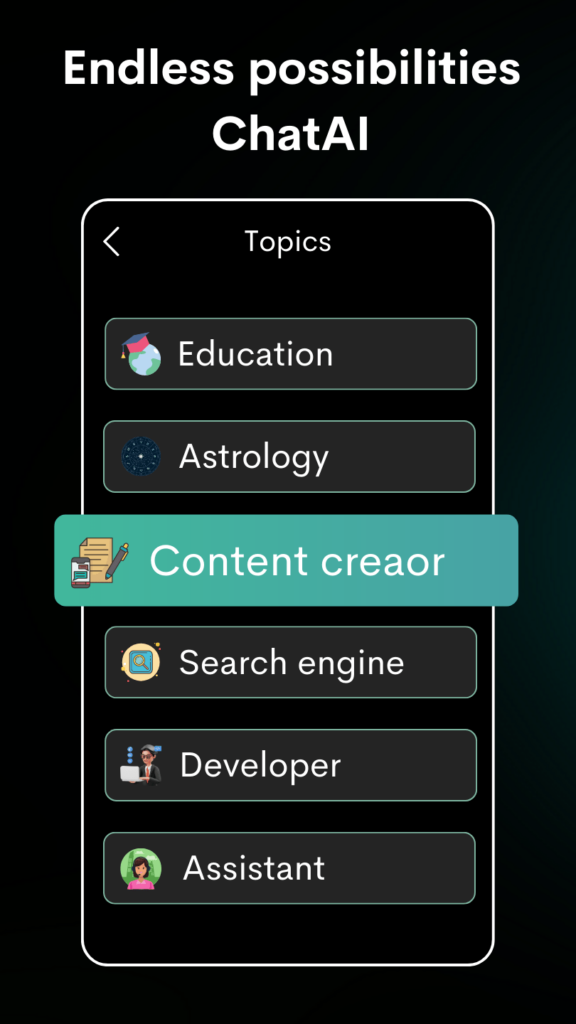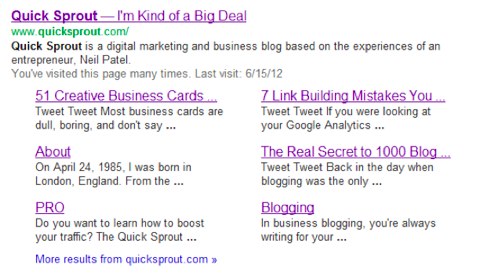After you have prioritized your site, you should assess where you stand and where you need to be with your current SEO efforts. Again, assess each page individually, rather than the site as a whole. In SEO, individual pages are equally important (if not more so) than the entire site. All of your efforts are designed to rank one page above all others in search results. Which page is the most important should be determined by your business needs.
Your SEO assessment should be a document that outlines the current standing of the main SEO elements of each page. It should contain columns for the element of the site you’re assessing, the current status of that element, what needs to be improved in that element, and the deadline for improvement. It’s also helpful if you have a check box next to each item that can be marked when improvements are completed and a column for follow-up, because SEO is a never-ending process.
The elements that should be considered during an assessment include:
- Site/page tagging: The meta tags that are included in the coding of your web site are essential to having that site listed properly in a search Tags to which you should pay specific attention are the title tags and description tags, because these are the most important to a search engine.
- Pagecontent: How fresh is your content? How relevant is it? How often is it updated? And how much content is there? Content is still important when it comes to search After all, most people are looking for a specific piece of content, whether it’s information or a product. If your content is stale, search engines could eventually begin to ignore your site in favor of a site that has fresher content. There are exceptions to this generalization, however. And one exception is if your content is, by nature, very rich but not very dynamic. Because of the usefulness of the content, your site will probably continue to rank well. But it’s a dif- ficult case to determine. In most cases, fresh content is better.
- Site links: Site links are essential in SEO. Crawlers and spiders look for the links into and out of your site in order to traverse your site and collect data on each However, they also look for those links to be in-context, meaning the link must come from or lead to a site that is relevant to the page that is being indexed. Broken links tend to be a large problem when it comes to search engine ranking, so be sure to check that links are still working during the assessment process.
- Site map: Believe it or not, a site map will help your web site be more accurately linked. But this is not the ordinary site map that you include to help users quickly navigate through your This site map is an XML-based document, at the root of your HTML, that contains information (URL, last updated, relevance to surrounding pages, and so on) about each
of the pages within a site. Using this XML site map will help to ensure that even the deep pages within your site are indexed by search engines. If you don’t have a site map, you should create one. If you do have one, make sure it’s accurate and up to date.

